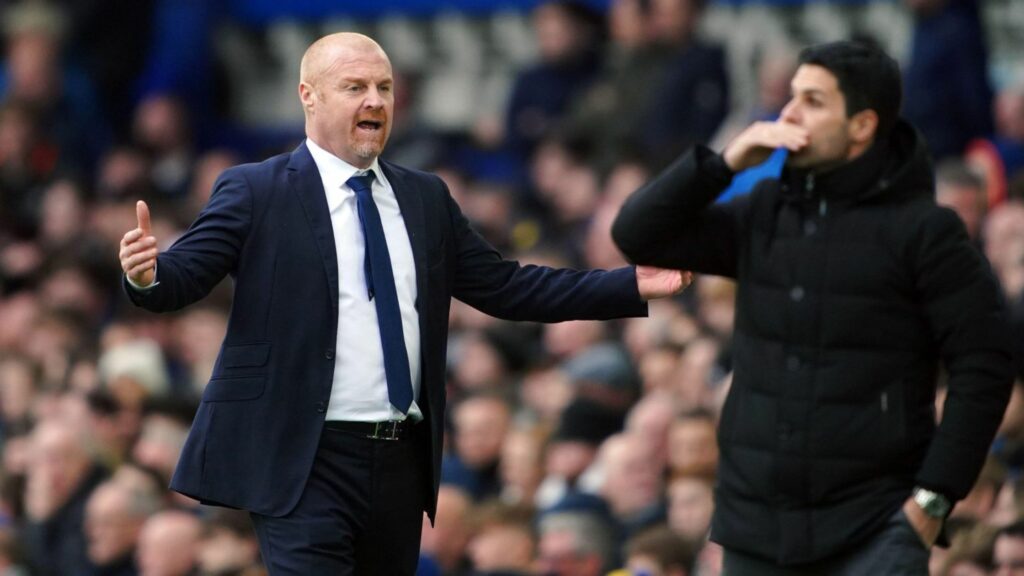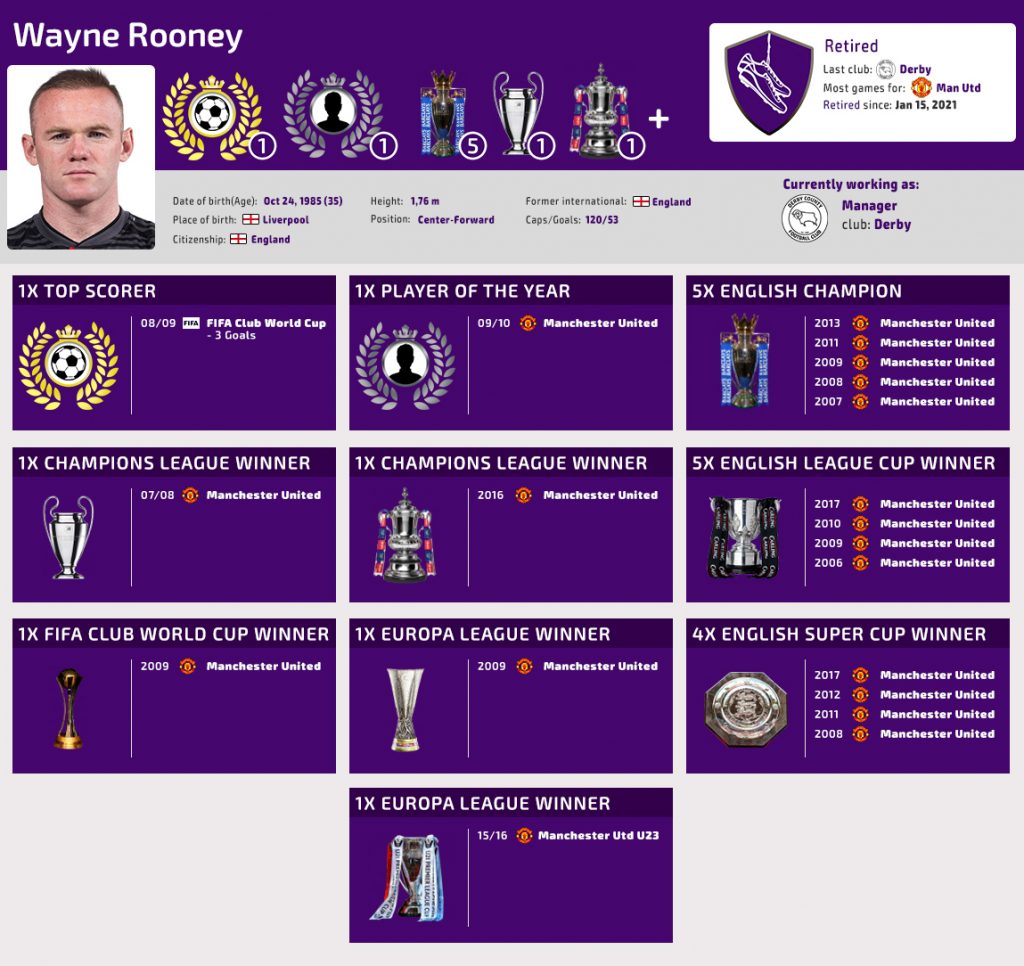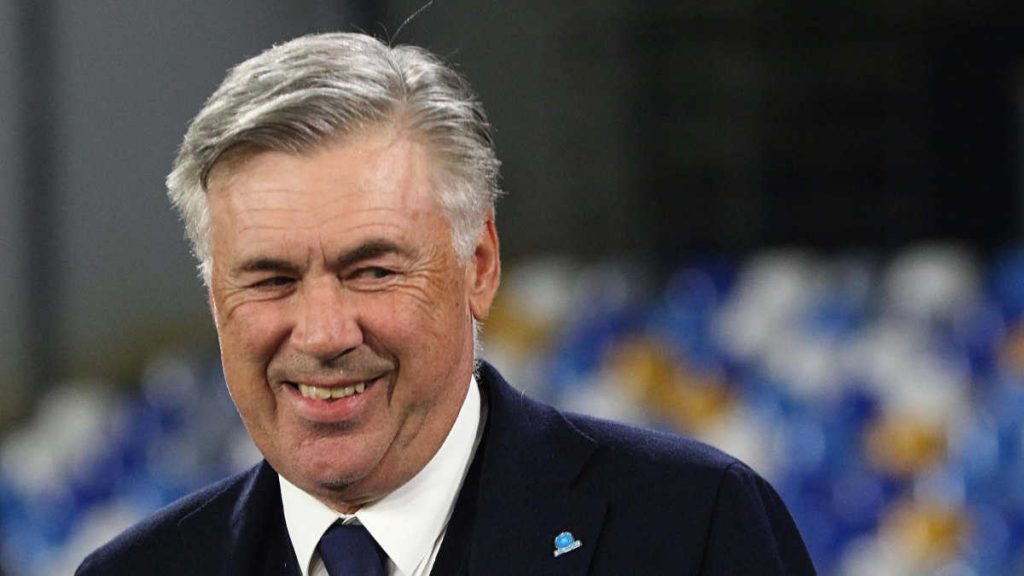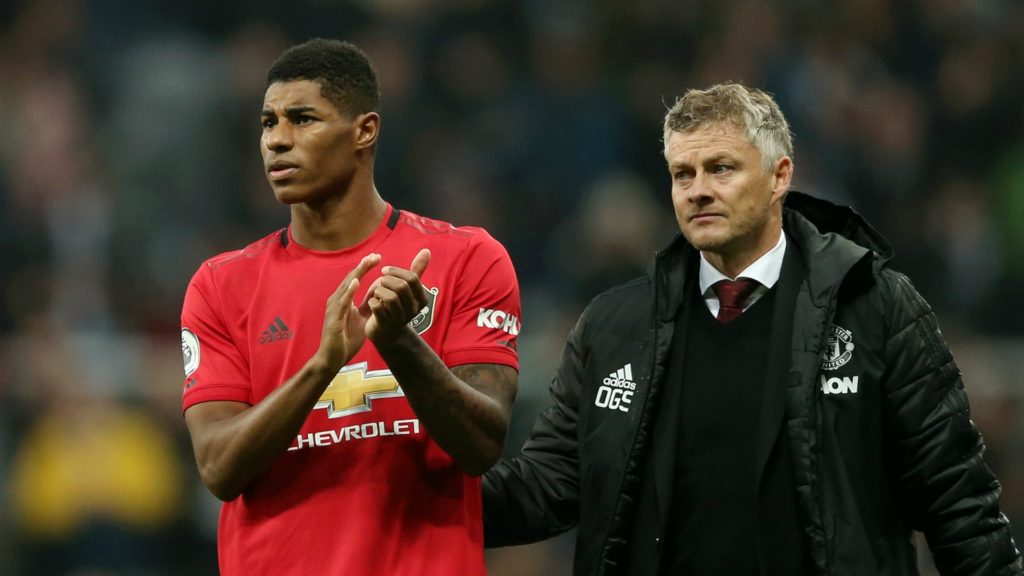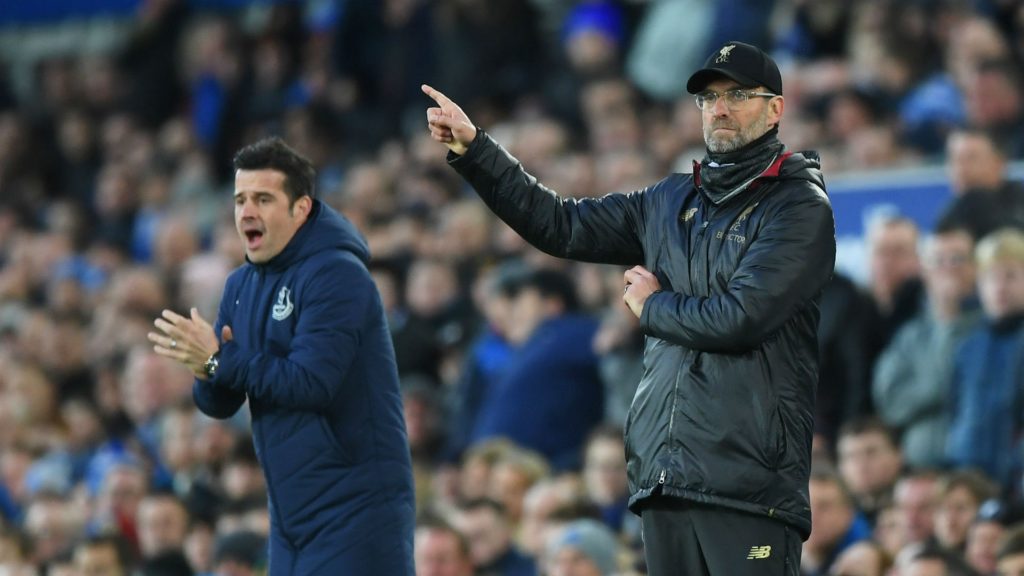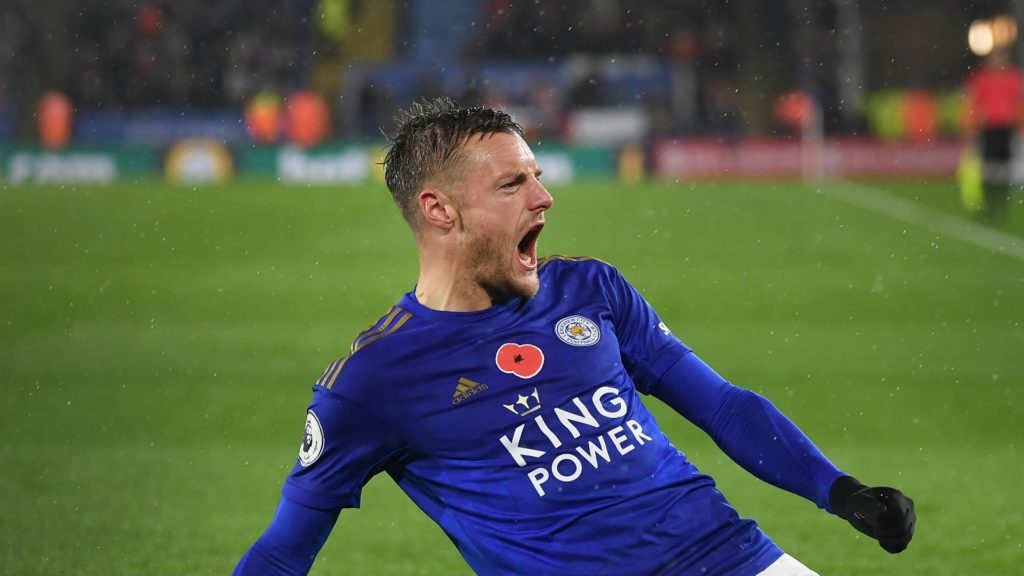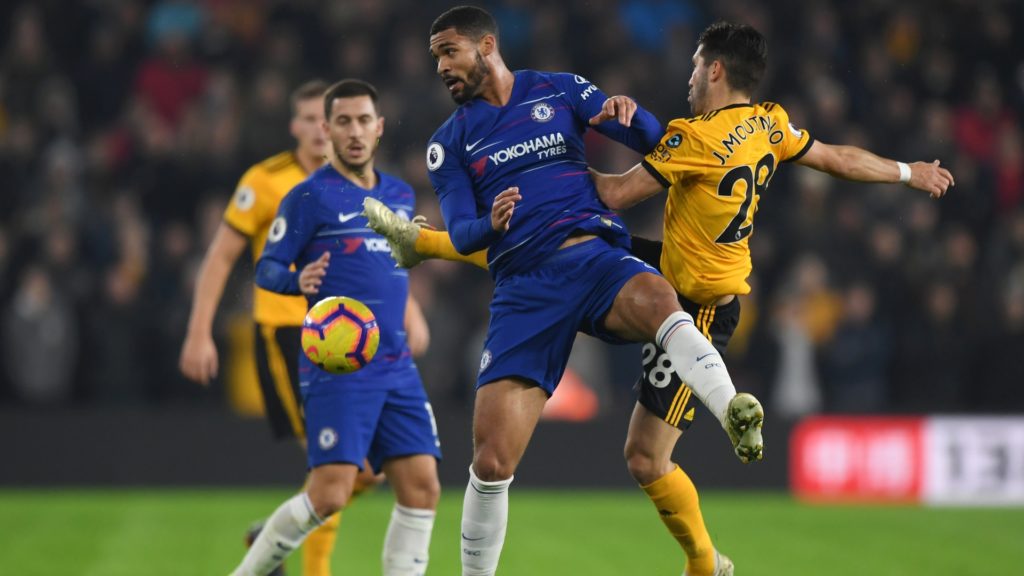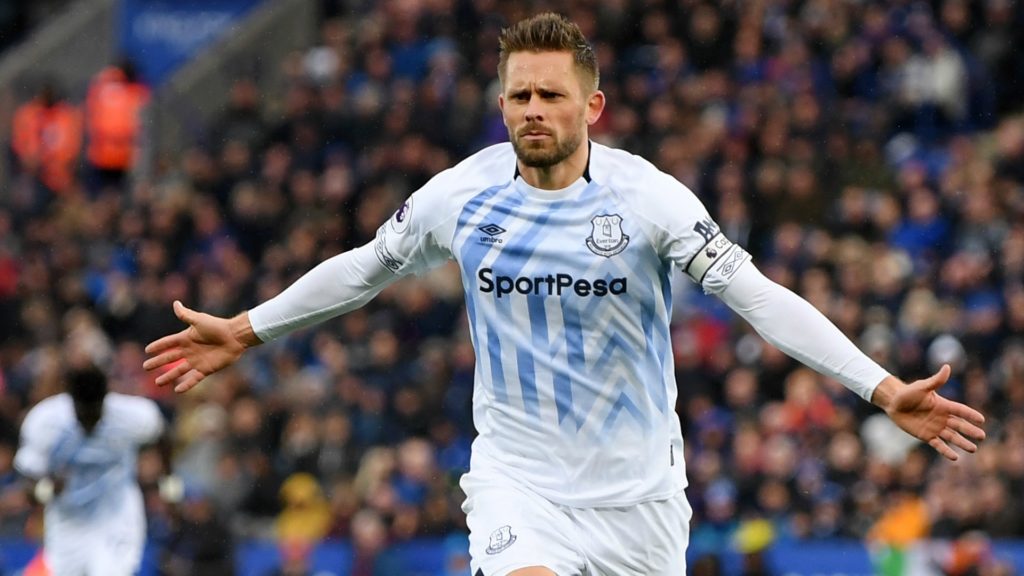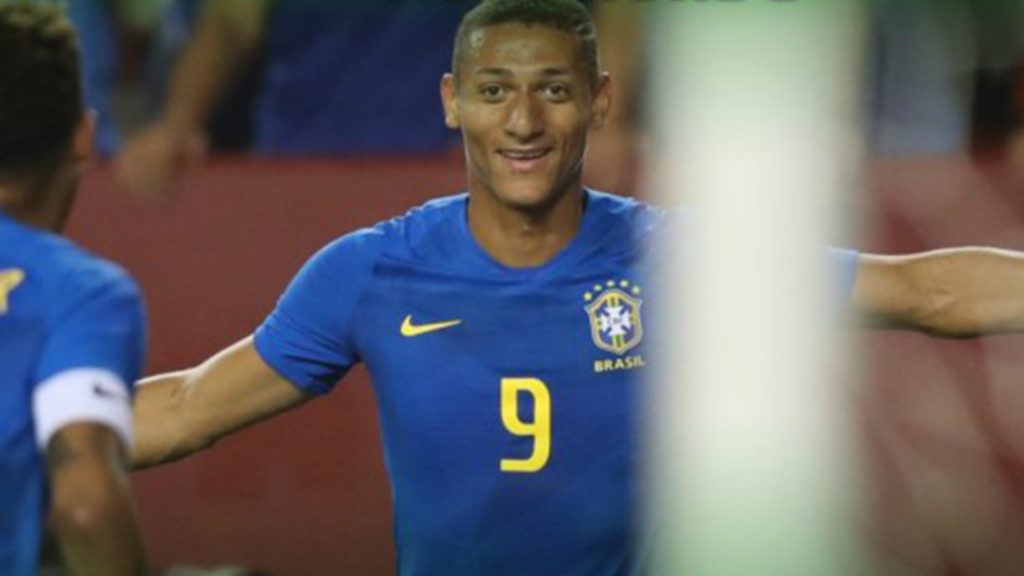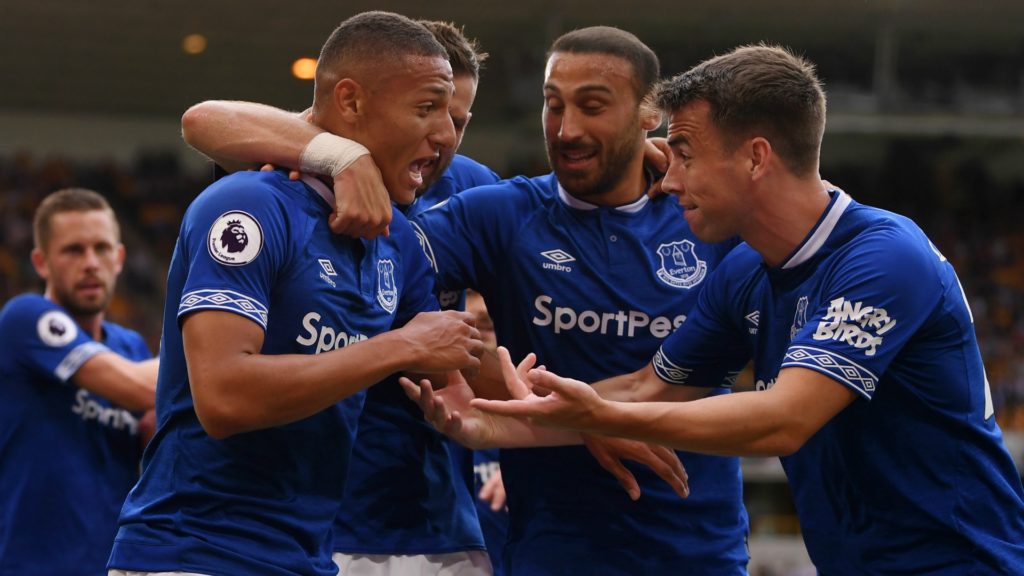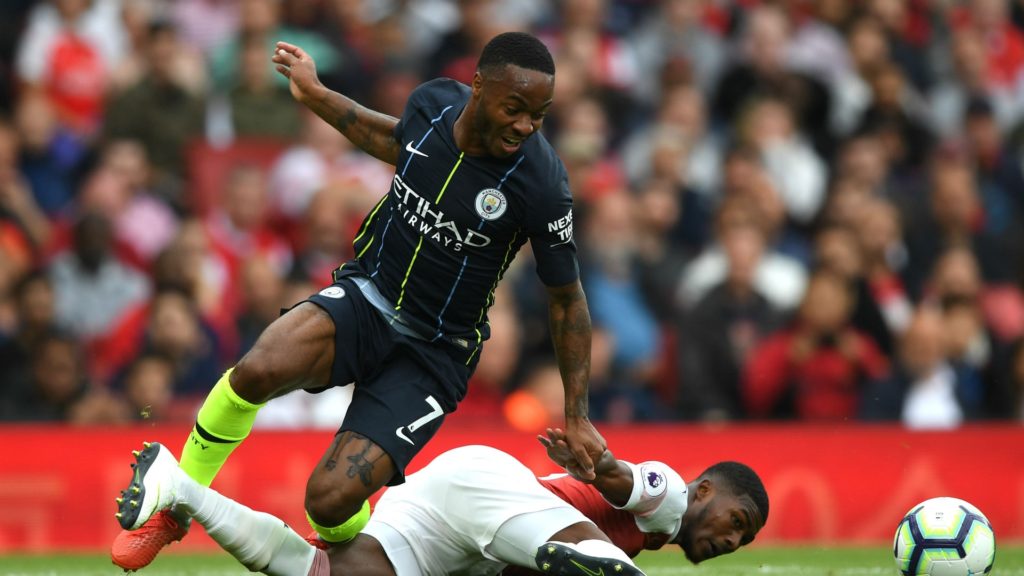David Moyes returning to Everton seemed always likely to happen. It’s also no surprise that the manager returned in 2025 with the mission of helping the team avoid relegation. The tactics worked. The mission is complete.
But how did Moyes succeed? Why has the team struggled lately, and is this a platform on which to build?
Today, I’m looking at how David Moyes has tactically approached his return to Everton. I’ll also be looking at what this means for The Tofees and for your fantasy football team in FootballCoin.
Career Prior to Managing Everton (Again)
David Moyes rejoined Everton in January 2025. While in recent years, the manager had guided West Ham to considerable success, the Hammers deemed that the team’s performances plateaued by the end of his tenure.
Meanwhile, Everton was 16th at the time of Moyes’ appointment. The club’s results quickly improved. Still, safe from relegation, Everton struggled to earn points toward the end of the season.
What can we learn from Moyes’ early career? He was a dependable Scottish defender who started his managerial career in 1998 with Preston North End.
Moyes guided Everton between 2002 and 2013 and earned the respect of many in the Premier League. One of his fans was Sir Alex Ferguson, whom Moyes replaced at Manchester United in 2013.
Famously, that appointment was short-lived. Moyes briefly than managed Real Sociedad and Sunderland while his stock plummeted.
From 2017 to 2024, he was the manager of West Ham in two stints. Both times, he overperformed in terms of results. Despite this, the team’s stoic but rather unattractive performances did not earn him many new admirers.
Tactical Philosophy
The Premier League is an increasingly difficult competition for mid and lower-tier teams. Moyes has the reputation of a manager who can do a job regardless of budget and squad depth.
How? Moyes likes to rely on discipline, patience and well-drilled routines. His tactics tend to be conservative, favouring tight defence over unreliable attacks.
However, in recent years, Moyes has shown a willingness to adapt tactically to opposition and his team’s capabilities.
In short, David Moyes creates tenacious, hard-working teams that don’t relegate. And, in West Ham’s case, this style has even resulted in continental glory. West Ham won the Conference League in 2023.
Formations and Adaptability
During his first tenure at Everton, David Moyes often played in a four-at-the-back, 4-4-1-1 formation. The team narrowed spaces, was patient, and even managed to score a lot past the opposition.
Still, while Moyes would keep his key tenets throughout, using a 3-4-1-2 formation, as he did in the 2009/10 season, was a natural progression.
In 2025, once more, Moyes adapted. Everton uses a modern 4-2-3-1 formation. However, when defending, one of the defending midfielders tends to act as an additional centre back, creating, essentially, a 5-2-3 formation.
Meanwhile, when building up, the team spreads out and utilises a fluid 4-3-3 system.
Everton in Defence
David Moyes can make a good team play well. But he can only do it when his players are willing to put in the work.
You can see the manager’s principles in the way that Everton has played defensively. The defenders try to squeeze out space. They create a compact backline and rarely launch into dangerous pressing.
Surprisingly, perhaps, Everton’s played with a relatively high line of defence. They’ve chosen to go man-to-man in numerous occasions, a tactic rarely seen nowadays in EPL.
This approach has helped Everton launch counter-attacks. However, in recent weeks, this approach has shown its limitations with the Toffees making mistakes in possession and pressing.
Everton in Transition
The teams that Moyes manages tend to conserve their energy before diving into counter-attacks. Everton’s 2025 team has done this with more gusto than most.
Everton will try direct passes over the defence whenever possible. Idrissa Gueye, James Garner and, especially, Iliman Ndiaye have shown potential in delivering killer through balls.
Everton in Attack
Everton’s made up for its shortcomings by playing direct, aggressive football when in attack. The team plays direct passes, occasionally, even through goalkeeper Jack Pickford.
Iliman Ndiaye has been highlighted as one of Moyes’ most important players. The Senegalese number 10 is able to use his technique and capacity to play in numerous positions effectively against most teams.
Dominic Calvert-Lewin remains a strong, classic number 9 striker. While his goals have been few, his runs behind the opposition’s defence continue to give the opposition headaches.
Still, most often, Everton has used overlaps down the flanks to create goalscoring chances. Full-backs Jake O’Brien and Vitalii Mykolenko are particularly important for this strategy.
Moyes has been able to make his squad play with a lot of energy and renewed confidence. When pressing, players rarely break their defensive shape. When possession is regained, they play directly and look to take advantage of the team’s width.
These quick counterattacks involve players trying to create superiority and overwhelm the opposition.
What Next for Moyes and Everton?
Everton avoids relegation. It’s a familiar struggle. And it’s something that a team of this standard should not be in nearly every season.
David Moyes has proven that he can comfortably keep mid-tier teams in the Premier League. Should this not be enough for the Toffees?
On the other hand, Moyes doesn’t favour attacking, entertaining football. This may not make him popular with all Everton fans.
It remains to be seen what Everton will choose to do next. However, Moyes knows the club and offers the familiarity that the club likely desperately needs at this stage.


